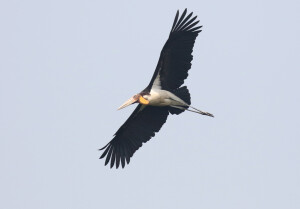
One of the great spectacles of any birding trip to Cambodia is a visit to the waterbird colonies at Prek Toal Reserve on Tonle Sap where birders can be surrounded by huge numbers of waterbirds from a trip on a small boat. This is exactly the situation I found myself in when leading the Calidris Birding Tours Cambodia Birding Tour in mid-March 2023, marvelling in the incredible numbers of storks, pelicans, cormorants and other waterbirds wheeling around overhead and perched alongside the channel that our local boat drivers had taken us along. The suspense built up from a pre-dawn start from our comfortable hotel in Siem Reap (Angkor Aurora) with our first birds shortly after first light as we boarded our first boat that would take us along creeks and through floating villages with flocks of Glossy Ibis, Painted Stork and Asian Openbill providing the early promise of what was to come.
If you would like to join me on a birding trip in Cambodia take a look at the dates, itinerary and all the details of my next tour - Cambodia Birding Tour.
As we glided along in our boat we ate our packed breakfast and enjoyed views of Lesser Coucal and Blue-tailed Bee-eater in waterside vegetation along with a wide variety of common open country birds such as Great Myna, Yellow-vented Bulbul, Oriental Magpie Robin and Chinese Pond Heron.
With the rising sun, small groups of storks began gaining height appeared from being vegetation to cruise past us at low height. With Milky Stork being one of our main targets for the day we eagerly checked every bird that we saw as our local guide, Hat, told us that sometimes they are seen on this part of the lake. Although we gained excellent views of both Painted Stork and Asian Openbill no Milky Storks were among them but we still had high hopes for this endangered species at the breeding colony so enjoyed the warm up act as we cruised along.
Spending most of my time in Thailand I have seen these two species increase in number dramatically over the last 25 years. The Asian Openbill population has exploded in that time, apparently because of the elimination of persecution and the introduction of a new food source in a species of large water snail accidentally imported from overseas. Hat confirmed that a similar phenomenon had happened in Cambodia and, of course, Painted Storks (along with many other waterbird species) were benefitting from the protection they have received since the end of Cambodia’s dark days of war and famine. In fact, the increasing Cambodian population of Painted Stork has been spilling over into Thailand, particularly in the wet season, for some years now.
After about an hour we began to approach the floating village near Prek Toal Bird Sanctuary where we spotted a Peregrine Falcon on a telecommunications mast and large numbers of Whiskered Terns perched on poles supporting fish traps. It was interesting to see the local way of life on the water but the level of disturbance was such that large waterbirds were absent from this area, highlighting the need for the sanctuary for birds nearby.
Mooring in the village we changed boats, getting into a couple of small boats driven by locals who work with the conservation project; always good to put some money into the local economy. From here we crept down some narrow waterways through the seasonally flooded swampy forest that makes up much of the habitat at Prek Toal, although at this time of the year the water level is low enough for some muddy edges to be revealed with species such as Eastern Yellow Wagtail, Grey-headed Swamphen and Black-winged Stilt to be found on them. After 5 minutes or so of navigating this narrow, enclosed channel the waterway suddenly opened up into a wider channel where the waterside vegetation seemed to be dripping in birds and within the next few minutes I had seen more Oriental Darters than I can remember seeing anywhere else before.
Prek Toal is an important site for Oriental Darter and the numbers here were noticeably higher than on my last visit in 2016 and, once again, this species is also increasing in neighbouring Thailand. Also numerous in this area were three species of cormorant; Little Cormorant, Indian Cormorant and Great Cormorant. The smallest of the three, Little Cormorant was a species we also saw in many other locations around Cambodia and its small size and stumpy little bill made it easy to separate from the other two species here. In addition to this it has a fairly distinctive flight pattern; fast, flappy and panicky in comparison to the larger species.
Before seeing them I was asked by some members of the group how they would tell the difference between Indian Cormorant and Great Cormorant. Well, I told them that Indian Cormorant was more like European Shag in comparison with a slimmer bill, smaller size, different coloured eye as well as slightly different coloured plumage in good light. Fortuantely they sat side-by-side for us to compare them.
All very nice to see but we had some target species that were far less common than these so we moved further into the reserve, scanning the waterside vegetation as we went. By this time the sky was filling with birds, beginning to soar on the early forming thermals and a few Black-headed Ibises flew by, giving us a great view.
Further in we came across a scene that transported us back in time, with the sky absolutely full of soaring giant birds. Painted Storks and Spot-billed Pelicans were creating clouds in the sky and giving us an idea of what things would have looked like in many parts of the world before humans reduced both habitat and bird numbers and with the addition of a few monstrous Lesser Adjutants it gave us a sort of impression of a prehistoric world.
We found our first Lesser Adjutants along the river bank but unfortunately they took flight before we got close. However, the soaring birds were still an amazing sight.
With the sky still full of soaring birds we stopped at a viewing tower which gave us the elevation we needed to scan across the swampy woodland in which birds were nesting. Looking into the light made searching for the rarer species rather tricky with the wobbling of the tower increasing the difficulty of searching through the telescope. Lots of nesting Painted Storks and Spot-billed Pelicans were obvious and at least half a dozen Lesser Adjutants perched on tree tops. We spent quite some time searching before Hat asked me to check out a bird he had spotted using the ‘scope. After a few moments I agreed with him that it was a Mily Stork feeding young in a nest. However, before anyone else could look through the ‘scope it took flight. Fortunately it flew towards us and began circling to give us an excellent view of this extremely rare bird.
It is always great to catch up with a rare target bird so this was a wonderful moment but of course, being birders, our thoughts then moved on to the next main target; the mighty Greater Adjutant. We decided to continue our search back on the boats, continuing along the channel but it did not take long before we got to the point at which boats are allowed no further. Well, time was on our side so we just loafed around checking out all of the birds in the air. After half an hour it seemed like we would be unsuccessful but as we were about to start the return journey I spotted a massive bird in the air at some distance. It was hard to tell if it was Lesser or Greater Adjutant but as it got closer we could see that it was by far the largest bird in flight, dwarfing the pelicans and as it cruised overhead I took a couple of shots that confirmed its identity as Greater Adjutant although the fact that it virtually blocked out the sun should have been enough for identification!
Hungry for another view of this magnificent bird we were lucky as a second bird came close and as it soared it allowed usto see the pale grey patches on its upper wings.
With this success and the heat building rapidly we decided to head back to the floating village for lunch but as well as further appreciating the amazing numbers of large birds in the air we added Grey-headed Fish Eagle, Striated Heron and Brahminy Kite to the day list as well as being able to get some shots of commoner species such as Intermediate Egret and Purple Heron.
At the floating village we had a very nice lunch of local food, fish and vegetables grown in a floating garden as well as checking out the local weaving, using water hyacinth, before boarding our boat to head back towards the Angkor Aurora Hotel in Siem Reap. A very memorable birding experience indeed and one that stuck in everyone’s minds so that one of the species we saw was a contender for the bird of the trip.
I can’t wait to return to Prek Toal when leading next year’s trip. If you would like to koin me you can see all the details here – Cambodia Birding Tour.


 April 1st, 2023
April 1st, 2023  Nick
Nick 
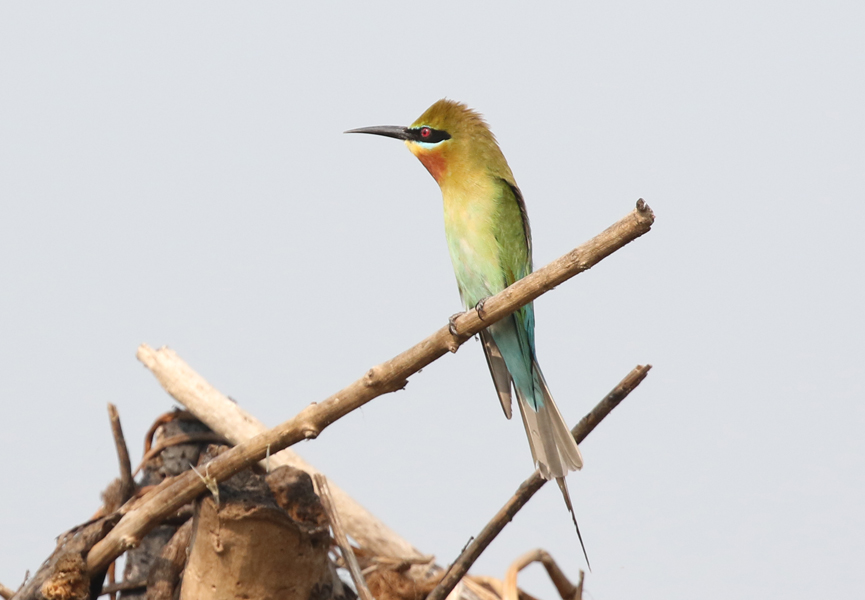
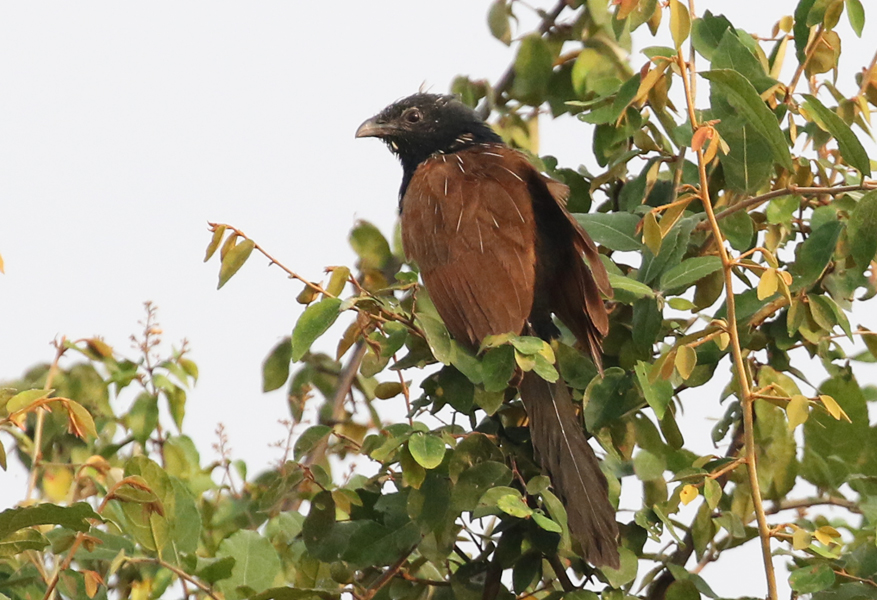
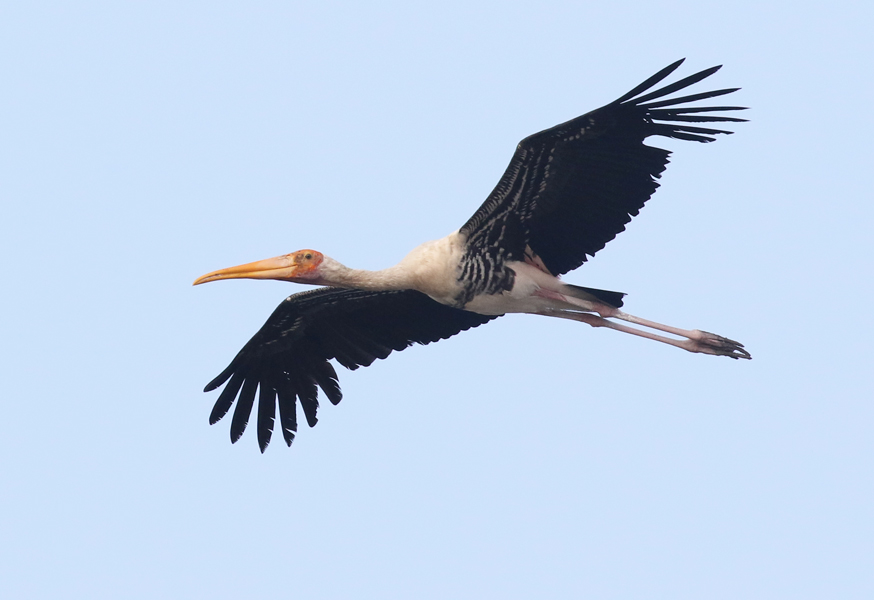
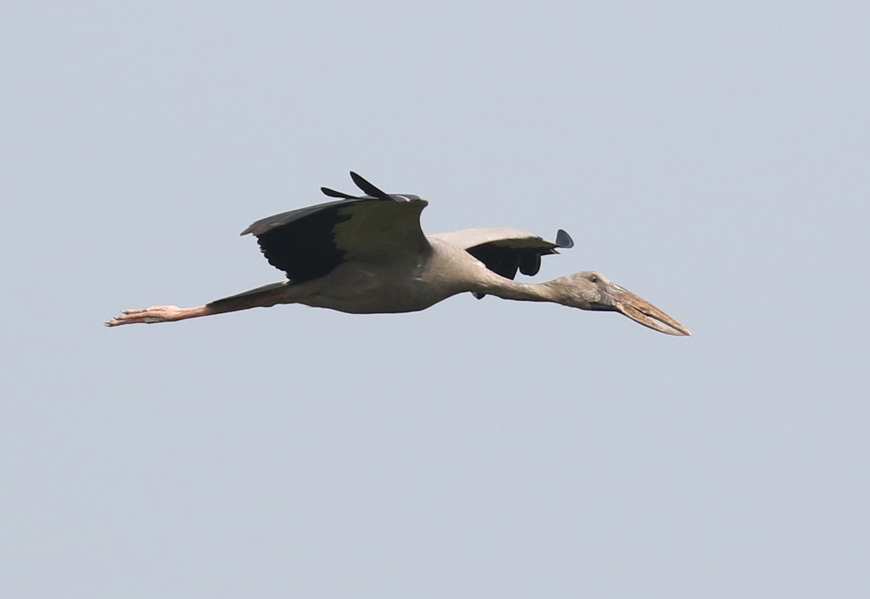
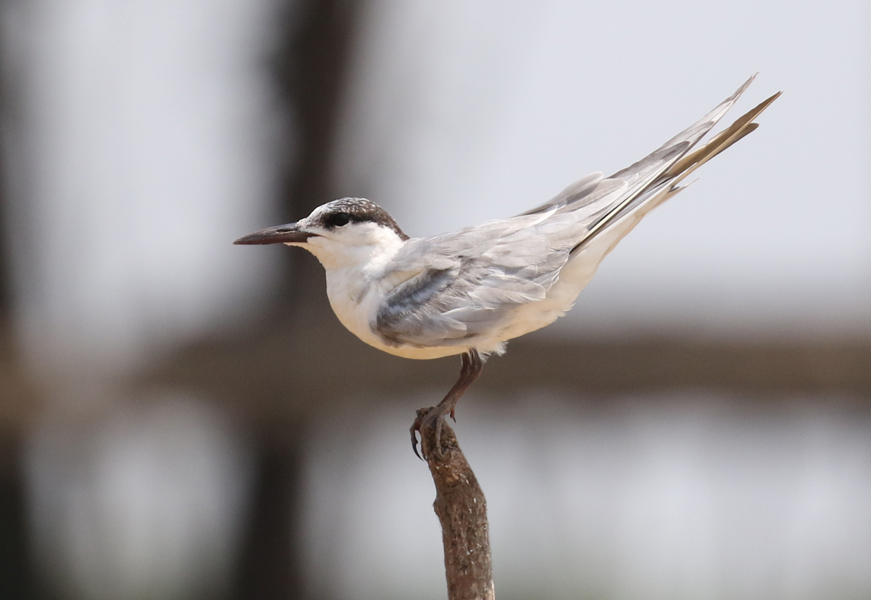
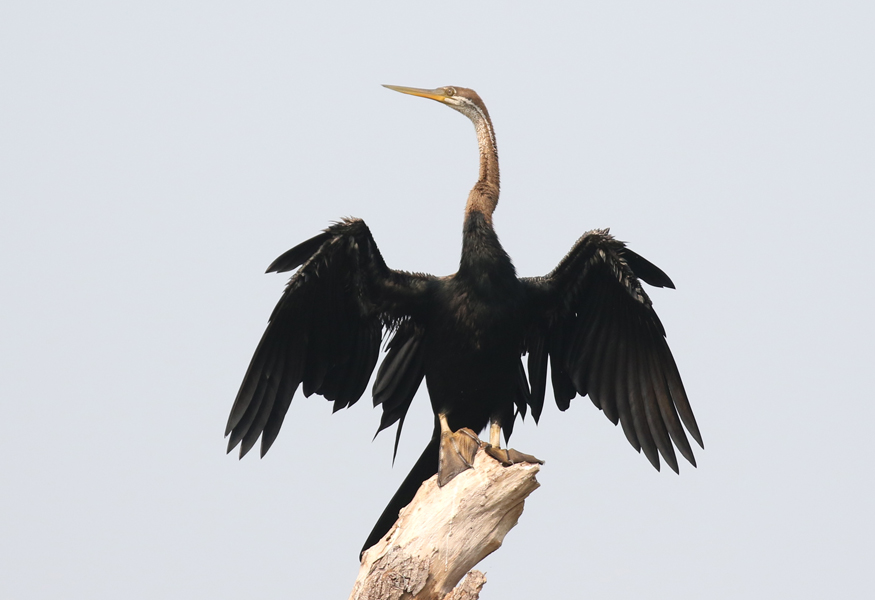
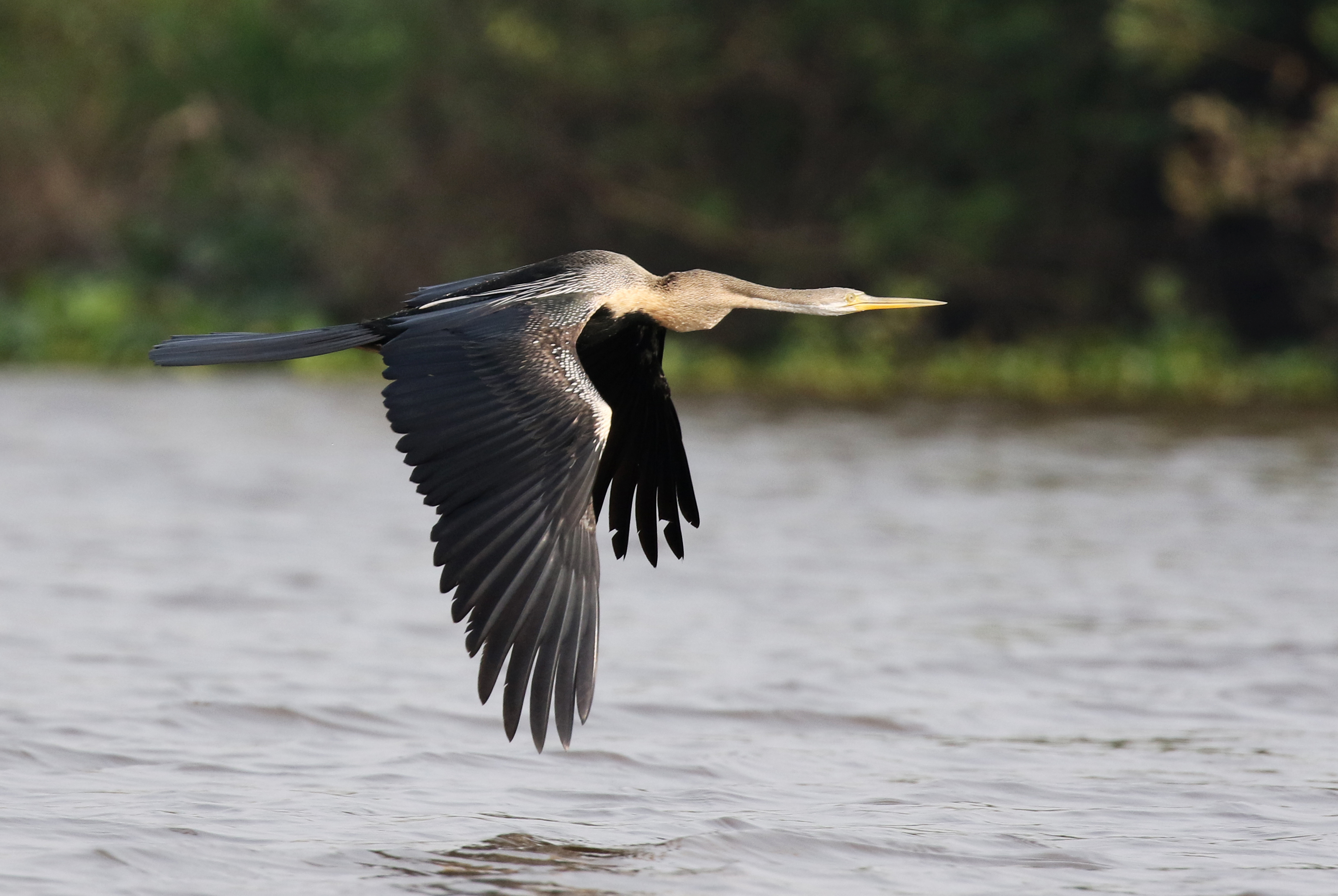
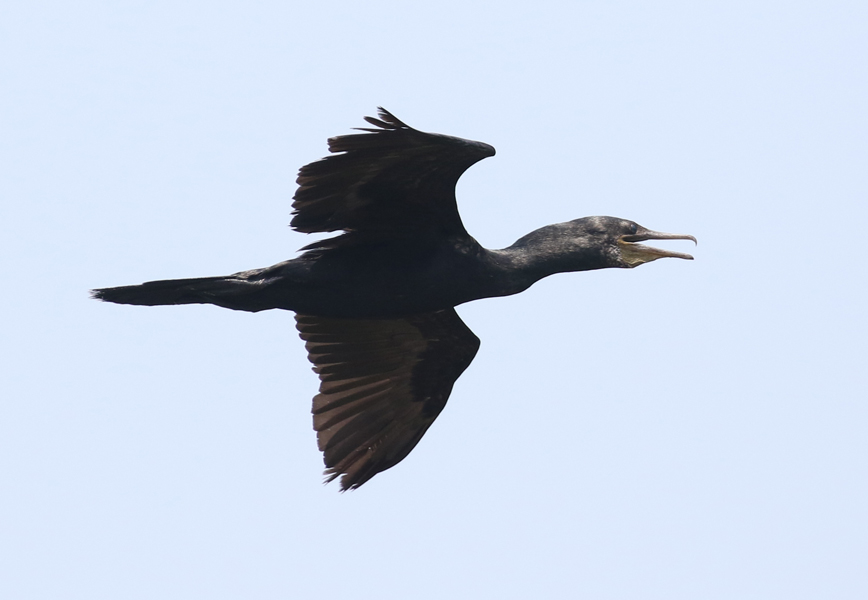
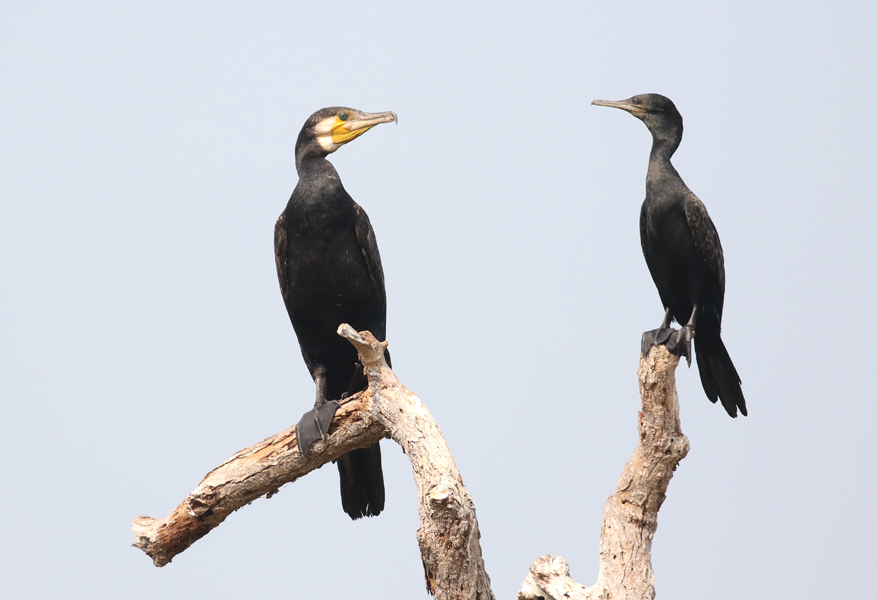
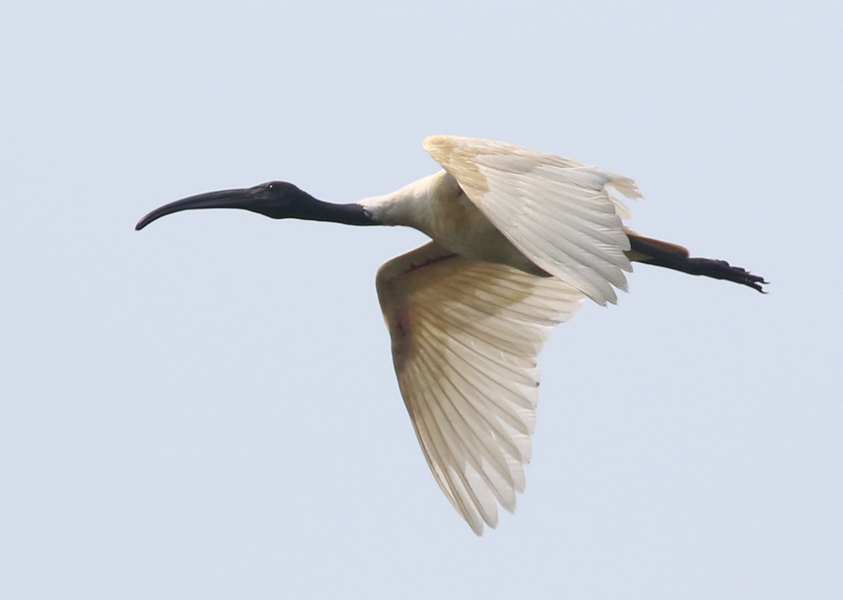


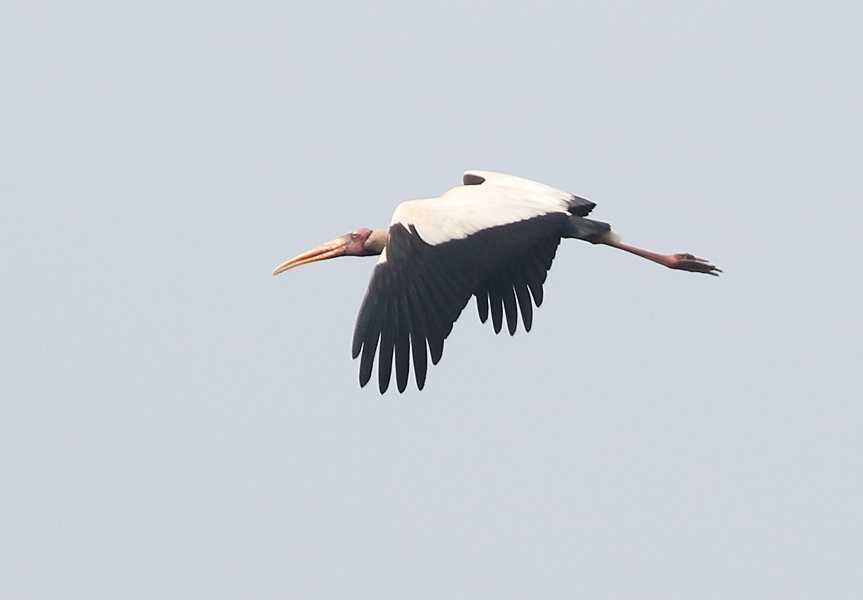

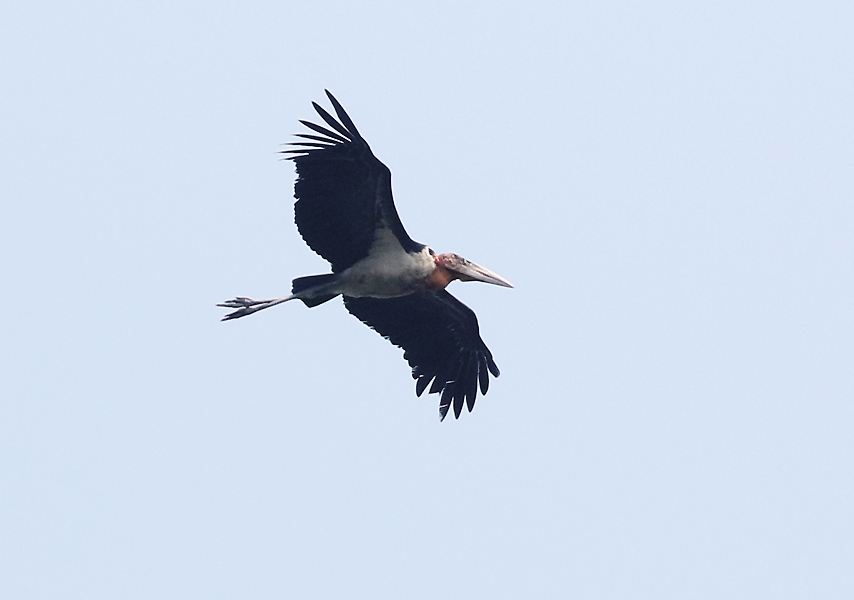
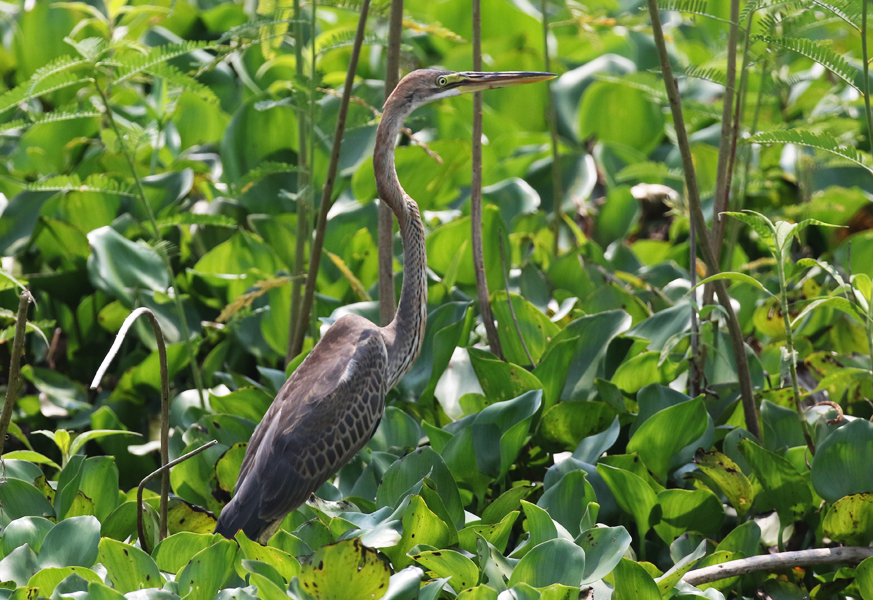
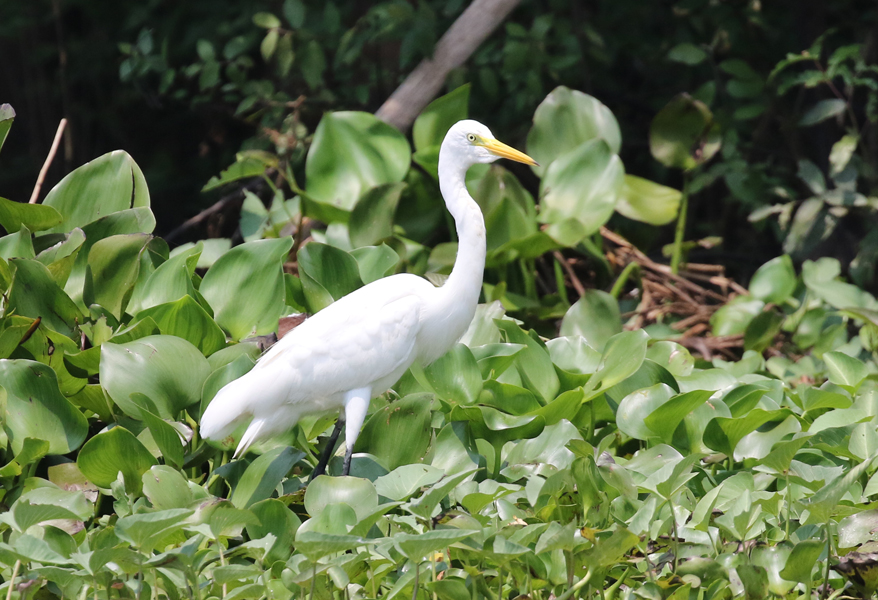
 Posted in
Posted in  Tags:
Tags: 










